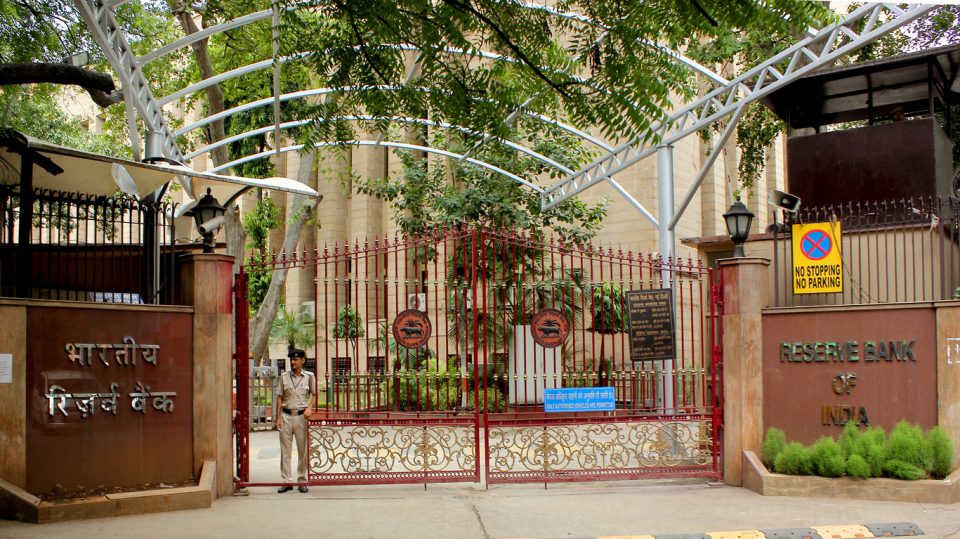
RBI hikes repo rate yet again, this time by 50 bps to 4.9%
MPC votes unanimously to focus on withdrawal of accommodative stance to ensure inflation remains within target

Reserve Bank of India (RBI) Governor Shaktikanta Das on Wednesday, June 8, announced that the central bank has raised key rates by 50 bps to 4.9 per cent. The Monetary Policy Committee (MPC) vote was unanimous and has decided to keep stance withdrawal from accommodative.
The Standing Deposit Facility and Marginal Standing Facility rates have also been raised by 50 basis points. The Standing Deposit Facility rate is now 4.65 per cent, and Marginal Standing Facility rate, 5.15 per cent. The MPC voted unanimously to remain focused on withdrawal of accommodation to ensure inflation remains within target going forward.
It may be recalled that the RBI had announced a 40 bps off-cycle hike just last month. The next meeting of the MPC is scheduled for August 2-4, 2022.
Also read: May repo rate hike: Right move by the RBI
“These decisions are in consonance with the objective of achieving the medium-term target for consumer price index (CPI) inflation of 4 per cent within a band of +/- 2 per cent, while supporting growth,” said the RBI website.
“All members of the MPC – Dr Shashanka Bhide, Dr Ashima Goyal, Prof Jayanth R Varma, Dr Rajiv Ranjan, Dr Michael Debabrata Patra and Shri Shaktikanta Das – unanimously voted to increase the policy repo rate by 50 basis points to 4.90 per cent,” it added.
Steep rise in inflation: Das
“Inflation has steeply increased much beyond the tolerance level,” said Das in his speech. “The process of recovery in emerging market economies is also getting affected. But the Indian economy has remained resilient. We have started a gradual withdrawal of the extraordinary accommodation. RBI will continue to be proactive and decisive in mitigating the fallout of the geopolitical crisis on our economy. Our steps will be measured, calibrated.”
Pointing out that inflation has increased beyond tolerance levels, Das primarily attributed the trend to supply shocks linked to the war in Ukraine.
“The ongoing war is turning out to be a dampener on global trade and growth. Domestic economic activity is gaining traction while inflation pressures have intensified faster,” he observed. “Inflationary pressures have become broad based and remain largely driven by supply shocks. Repo rate remains below its pre-pandemic level. Inflation is likely to remain near an upper tolerance of 6 per cent for the first three quarters of this year. Sustained high inflation could unhinge inflation expectations.”
Note of optimism
Sounding a note of optimism, Das said: “Information for April-May suggests domestic economic recovery is firm. Urban demand is recovering, rural demand is also improving and while urban demand is recovering, rural demand is gradually improving. Surveys show capacity utilisation in the manufacturing sector increased to 74.5 per cent in January-March.”
“Going ahead, while normalising the pandemic related extraordinary liquidity accommodation over a multi-year time frame, the Reserve bank will ensure availability of adequate liquidity to meet the productive requirements of the economy,” said Das. “The Reserve Bank will also remain focussed on orderly completion of the government’s borrowing programme.”

